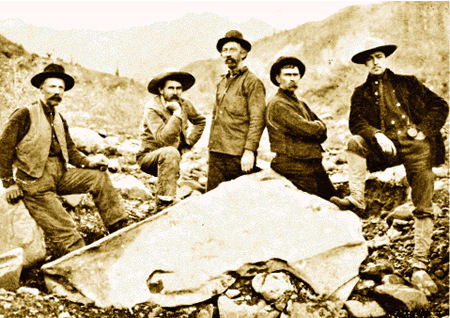
how it started
I was on the train back to Berlin, just after christmas (I think 2010). I had a compartment to myself and had dimmed the lights to keep out "normal" people. The door opened, and the guy that came in was far from normal. Great success! That's how I met THE FROG from Bulldogs - a Berlin based ravenous dubstep producer (bulldogsofficial.com). And the further the train fell behind schedule the more time we had to brainstorm the possibility of a truly and tightly synchronized LFO module for his audio synthesizer system (A100). In the months after, much skill was gathered, lessons were learnt, and in a sense the train never stopped. The updn Precision LFO is the manifestation of all that THE FROG needed. Benni, an old friend of mine, an apt bass player under the sun, listened to this story, and then the conversation inevitably condensed around the limitations of a single-slope expression pedal. Your foot just isn't as fast or precise as the things you'd like to express. At first I assumed that expression pedals divide a voltage and that's it -- a first test circuit on a bread board totally didn't do anything. That's when I understood that many effects modules use the expression pedal resistance directly to change internal filter parameters. As soon as I found the right chip to provide that resistance, the rest was a breeze. I was half expecting the first tests to fail on either latency or resolution, but the outright glamorous performance the very first protoype has put forward right from the start has blown our minds. I haven't seen much of the first prototype ever since I first gave it to Benni for testing. We have added and changed a few things in the source code, but otherwise, I reckon the updn \ Repedal is here to stay. At this point, I noticed that, actually, these two modules have an awful lot in common. Both control other effects modules with shaped and controlled slopes, and thus both adhere to the same underlying principles of reaching awesomeness: both need to go up and down and up and down, at the exact right time and rate. And so, updn was born. Have you used an updn device, reprogrammed it or built your own? Please tell us about it :) Picture: mineworkers around a humungous copper nugget a long long time ago. Today, we use copper plated boards to etch circuits and build LFOs and stuff. Copyright of the image has expired
© 2013 Neels J.
Hofmeyr

Unless otherwise noted, all content on the updn-lfo.de website is licensed under a Creative Commons Attribution-NonCommercial-ShareAlike 3.0 Unported License.

Unless otherwise noted, all content on the updn-lfo.de website is licensed under a Creative Commons Attribution-NonCommercial-ShareAlike 3.0 Unported License.